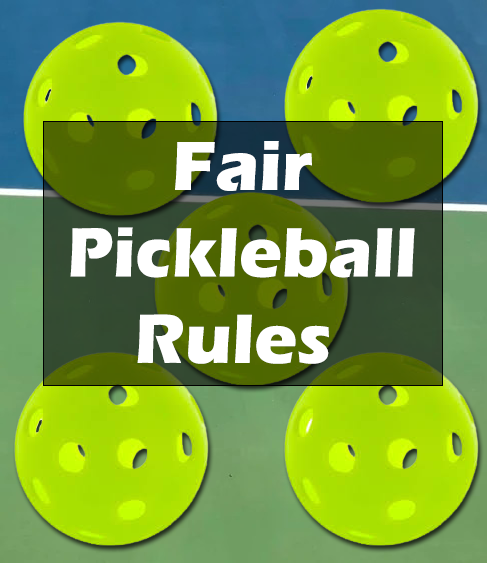Exploring Rally Scoring in Pickleball
Exploring Rally Scoring in Pickleball: A Strategic Twist to the Game
When my son AJ joined an MLP draft league, I was introduced to the concept of rally scoring in pickleball. Initially, I had my reservations about this scoring method. However, after several weeks of observing intense matches, my perspective shifted. I now see rally scoring as an intriguing addition to the game that allows for varied strategic play not possible with traditional scoring.
The Intricacies of Rally Scoring in Pickleball
Rally scoring, often likened to a dramatic plot twist in pickleball, is a system where points are scored on every rally, regardless of which team served. This method contrasts with the traditional “side out scoring” and brings a new level of excitement, strategy, and unpredictability to the game.
Debating Rally Scoring: A Community Divided
The pickleball community is abuzz with discussions on adopting rally scoring. Proponents argue that it leads to faster games and more predictable durations, which could help in marketing the sport for television. Detractors, however, worry about the fundamental changes it could bring to gameplay and strategy.
How Rally Scoring Works
The mechanics of rally scoring in pickleball are straightforward yet revolutionary. Points are scored after every rally, and the game progresses rapidly. This format has been trialed in Major League Pickleball, providing a testing ground for its potential widespread adoption.
The Pros and Cons of Rally Scoring
While rally scoring promises a faster and more engaging game, it also challenges the traditional balance of power between serving and receiving teams. It simplifies scoring for newcomers and could lead to a more accurate rating of player skills, but it also raises questions about the fairness and strategic depth of the game.
Rally Scoring in Action: Game Format and Rules
Implementing rally scoring involves a few key changes to the game’s format, such as the elimination of the second server and the way teams switch sides based on the score. Understanding these rules is crucial for players and spectators alike to follow the flow of the game.
What is a Rally in Pickleball?
A rally is the sequence of play that occurs after the service until a fault is committed. Rally scoring ensures that every rally has a stake in the game’s outcome, making each play crucial for both teams.
Comparing Scoring Systems: Traditional vs. Rally Scoring
The shift from traditional to rally scoring is significant, with each system having its unique approach to awarding points. The traditional method allows only the serving team to score, while rally scoring democratizes the point system, awarding points to either team that wins the rally.
Adapting to Rally Scoring: Tips for Players
For players accustomed to traditional scoring, adapting to rally scoring requires a shift in tactics and mindset. The emphasis on every rally means that there’s no room for error, and players must be strategic with every shot.
Embracing the Change: Rally Scoring in Pickleball’s Future
As pickleball continues to grow, the integration of rally scoring in pickleball may become more prevalent. Whether it’s adopted officially or remains an alternative, understanding its dynamics is essential. For my family, it has already changed how we view and enjoy the game, offering a fresh perspective on competition and strategy.
Now, we’d love to hear from you! How do you feel about the shift towards rally scoring in pickleball? Do you welcome this change, or do you prefer the traditional way of scoring? Share your thoughts and experiences in the comments below, or join the conversation on our social media channels. Your insights not only contribute to the community’s knowledge but also help shape the future of the sport.








I love rally scoring. So much easier for beginners and regulars alike to keep score and less arguments about remembering who served last. A reward for someone after each serve. Love it.